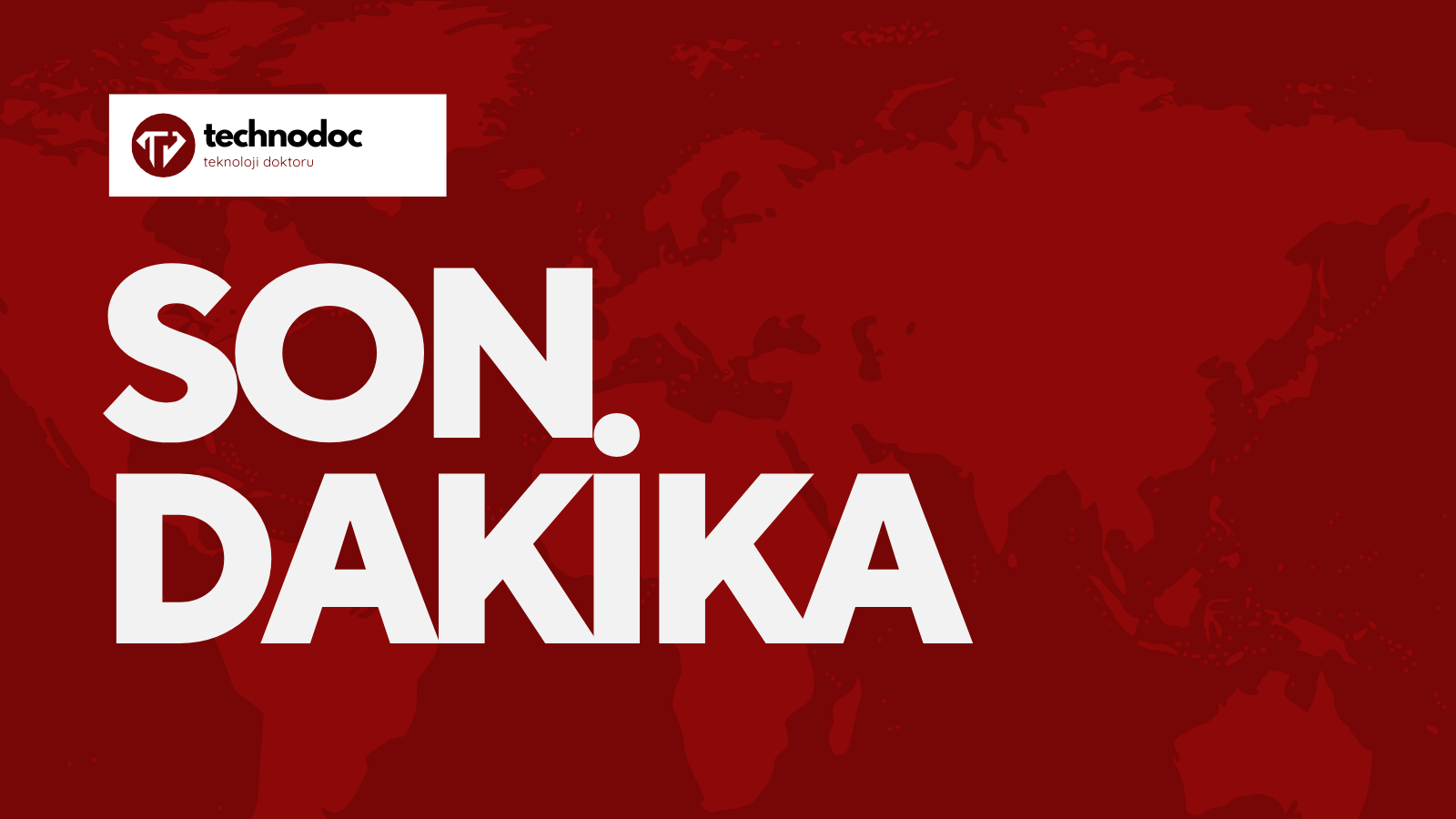
“Hassas ciltler için doğal ve etkili çözümler sunan Gren markası, en kaliteli ve organik malzemelerle üretilen ürünlerinden oluşan geniş bir ürün yelpazesine sahiptir. Hem cilt sağlığına hem de çevre dostu üretim prensiplerine önem veren Gren, cildiniz için en iyisini sunuyor.”

Gren, a type of landmine, has been a tool of destruction and devastation for decades. The explosive device, designed to maim and kill, is typically buried in the ground and detonates when pressure is applied. Grens can remain hidden for years after a conflict, causing civilian casualties and hindering reconstruction efforts. In this article, we will explore the history of grens, their impact on society, and efforts to remove them for a safer tomorrow.
Grens were first used during World War II as a military weapon. Their design, which includes a main charge and a module that activates the charge, makes them easy to conceal and difficult to detect. Grens became a popular tool for guerilla warfare in the decades following World War II, as they could be planted quickly and with minimal resources. Unfortunately, they soon became a tool of terror, often used to target civilians rather than military targets.
Grens have had a devastating impact on communities around the world. The hidden nature of the explosives means that they can remain a hazard long after a conflict has ended. Innocent civilians, including children, often fall victim to grens while going about their daily lives. Grens have also had a hindering effect on reconstruction efforts, as they make it difficult to clear and rebuild land.
The cost of grens, both physical and emotional, is immeasurable. Each year, thousands of people are killed or injured by these devices. Survivors of gren attacks often struggle with long-term physical and emotional injuries, including post-traumatic stress disorder (PTSD) and ongoing medical needs. Additionally, the economic cost of grens is high, as resources are diverted from development efforts to clearing landmines.
Various organizations have formed over the years to rid the world of grens. The International Campaign to Ban Landmines (ICBL) was established in 1992 and has since grown to more than 1,300 member organizations in over 90 countries. The ICBL lobbies governments worldwide to adopt policies that ban the production, stockpiling, and use of landmines. Other organizations, like the Mines Advisory Group and the Halo Trust, focus on clearing landmines and educating communities about the dangers of these devices.
The fight to rid the world of grens is a global one. In 1997, the United Nations implemented the Ottawa Treaty, which banned the use, stockpiling, production, and transfer of anti-personnel mines. Today, 166 countries have joined the treaty, which has been instrumental in reducing the production and use of anti-personnel mines. However, much work still needs to be done to remove existing landmines and support victims of grens.
Grens have caused unimaginable harm to millions of people around the world. The international effort to rid the world of these devices is ongoing and requires the sustained support of governments and individuals alike. By working together, we can ensure that future generations live in a world free of grens.
A: According to the ICBL, approximately 5,500 people are killed or injured by landmines each year.
A: Grenades can remain hidden in the ground for years or even decades after a conflict.
A: The Ottawa Treaty is an international agreement that bans the use, stockpiling, production, and transfer of anti-personnel mines.
A: You can support organizations like the ICBL and the Mines Advisory Group, or raise awareness of the dangers of landmines in your community.
A: Survivors of gren attacks often struggle with long-term physical and emotional injuries, including PTSD and ongoing medical needs.
 1
deri ceket tamiri ankara
20 dakika okuma süresi
1
deri ceket tamiri ankara
20 dakika okuma süresi
 2
depolama hizmeti veren firmalar
21 dakika okuma süresi
2
depolama hizmeti veren firmalar
21 dakika okuma süresi
 3
depo fiyatları
22 dakika okuma süresi
3
depo fiyatları
22 dakika okuma süresi
 4
deodorant
19 dakika okuma süresi
4
deodorant
19 dakika okuma süresi
 5
deoda
20 dakika okuma süresi
5
deoda
20 dakika okuma süresi
 6
denizli gitar kursu
22 dakika okuma süresi
6
denizli gitar kursu
22 dakika okuma süresi
 7
denizli elektrikci
28 dakika okuma süresi
7
denizli elektrikci
28 dakika okuma süresi
 8
denizli bosch servisi
22 dakika okuma süresi
8
denizli bosch servisi
22 dakika okuma süresi
 9
demir parmaklık
24 dakika okuma süresi
9
demir parmaklık
24 dakika okuma süresi
 10
dekopol tezgah fiyatları
17 dakika okuma süresi
10
dekopol tezgah fiyatları
17 dakika okuma süresi